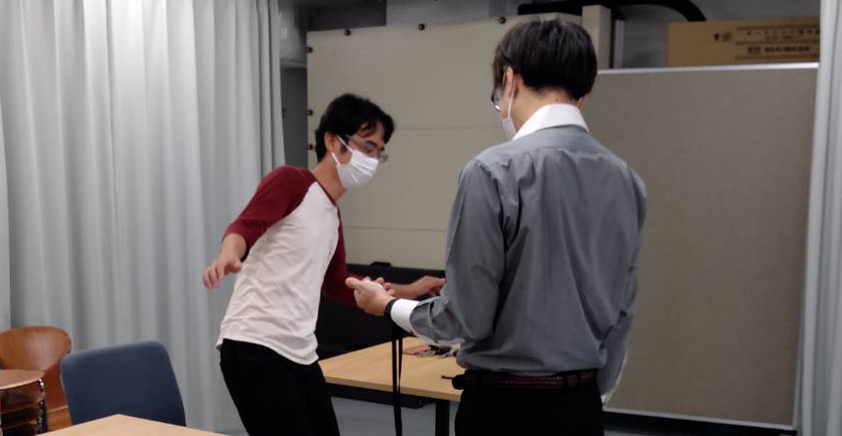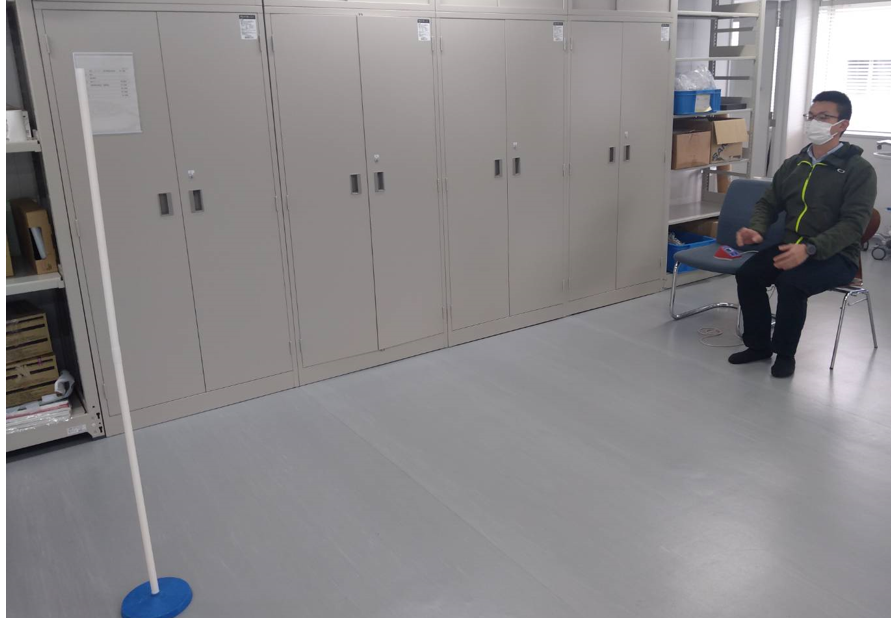ActivityA Prospective Study to Understand and Promote Musculoskeletal Health in Young Men2023.3.16

Research Director:
Lecturer Takayuki Nishimura, Faculty of Design
Co-researcher:
Assistant Professor Loh Ping Yeap, Graduate School of Design, Faculty of Design
Lecturer Yoshihito Tomita, School of Rehabilitation, Tokyo Professional University of Health Sciences
Keywords:
Physical performance, non-invasive biomarkers, lifestyle and QOL
Given Japan’s super-aging society, the number of the elderly, both men and women, requiring nursing care and other support due to such issues as sarcopenia and osteoporosis is rising. However, it is difficult to increase muscle and bone mass in the elderly, so it is extremely important to increase maximum muscle and bone mass at a young age (muscle and bone storage). Sadly, unlike young women who make an effort to watch their figure and stay beautiful, young men tend to be less health literate by nature, tending towards more chaotic lifestyles and habits. There are also concerns that the changes in lifestyle habits and environment during the Covid-19 pandemic had a negative effect on the muscle and bone health of young people.
Therefore, it is important to clarify the actual state of muscle and bone health of young men in particular, the correlation between that and physical performance, and the factors contributing to differences between individuals (such as lifestyle habits and amount of exercise), and apply the results thereof through systems and designs to improve young men’s health. Accordingly, this research subjected approximately 30 young men to prospective baseline research over a period of more than three years to track their lifestyle habits, musculoskeletal indicators, and physical performance, in an aim to clarify the correlation, change over time, and causal relationships between the factors.
In FY2022, 32 young men were measured as a baseline study. Measurements taken included physical measurements, muscle strength, muscle thickness and bone mass measured using ultrasound, exercise performance, and urinary pentosidine. Pentosidine is a type of advanced glycation end product (AGEs) that is elevated with aging, diabetes, and renal failure, but an association with musculoskeletal function has also been reported. Accordingly, an analysis of urinary pentosidine during the baseline research showed that while it did not correlate with age or body fat, there was a significant negative correlation with grip strength, muscle thickness, and estimated basal metabolic rate. This suggested that in young men, urinary pentosidine reflects the state of skeletal muscle mass and muscle strength. It is very important that this result was obtained for young people rather than the elderly. In other words, it suggests that accumulation of AGEs such as pentosidine, the cause of a variety of diseases, has progressed in those with low skeletal muscle mass and muscle strength, even in youth. Accordingly it can easily be predicted that in young people who engage in lifestyles that cause their muscle condition to worsen, AGEs will accumulate and increase the risk of a variety of diseases such as sarcopenia in middle age and later. To be sure, AGEs accumulate with the advancement of age, but by regularly assessing urinary markers such as pentosidine from an early age, it is possible to grasp the state of the musculoskeletal system of the individual without the need for time consuming muscle strength measurements. Furthermore, this research suggests that pentosidine may be a useful indicator of muscle training and exercise, so if individuals were to get measured regularly at the gym, for example, they would get an immediate sense of the way the reduction in AGEs due to exercise led to the prevention of illness.
In conclusion, this research showed that pentosidine is negatively associated with muscle mass and strength in young people, rather than an indicator of obesity, making it effective in understanding the health of young men.

TUG test (abbreviation for “Timed Up & Go” test)
This is a general test of walking ability in which the subject slowly rises up from a seated position in a chair with armrests, walks three meters at a comfortable speed, turns around and comes back, and sits down again.
This research received a small grant in FY2022 from the Center for Designed Futures of Kyushu University.
